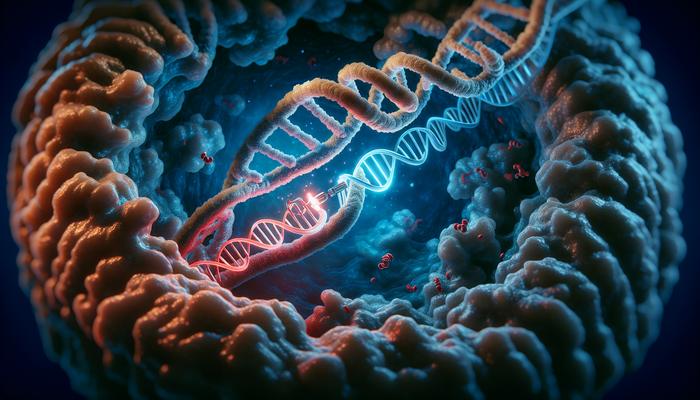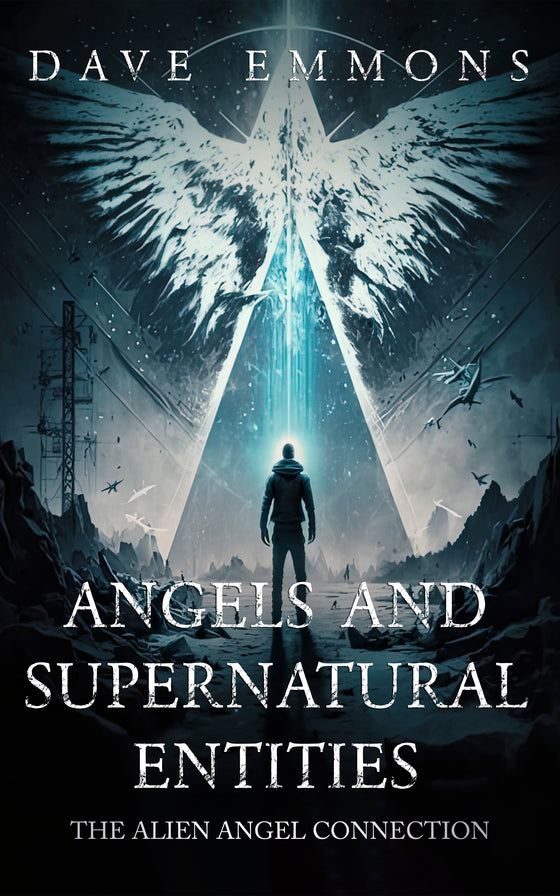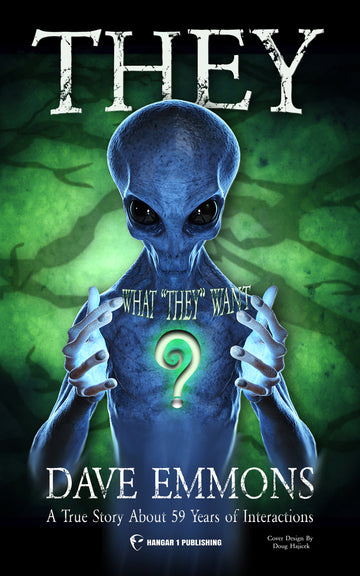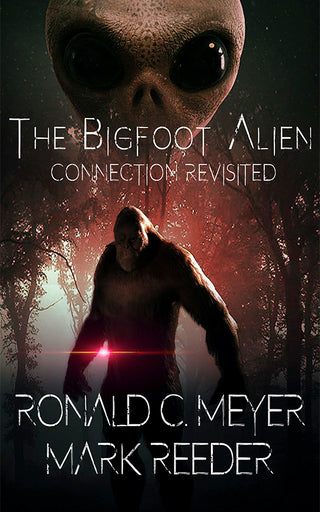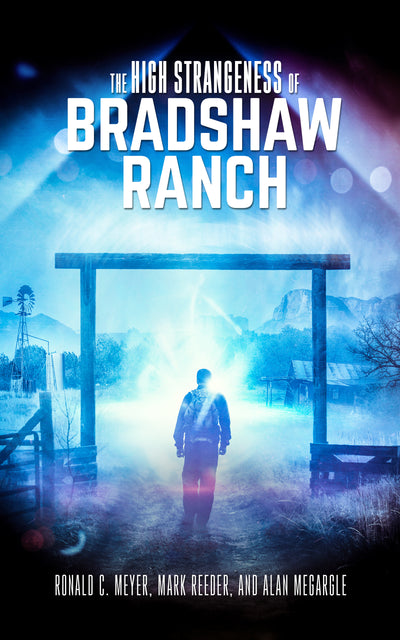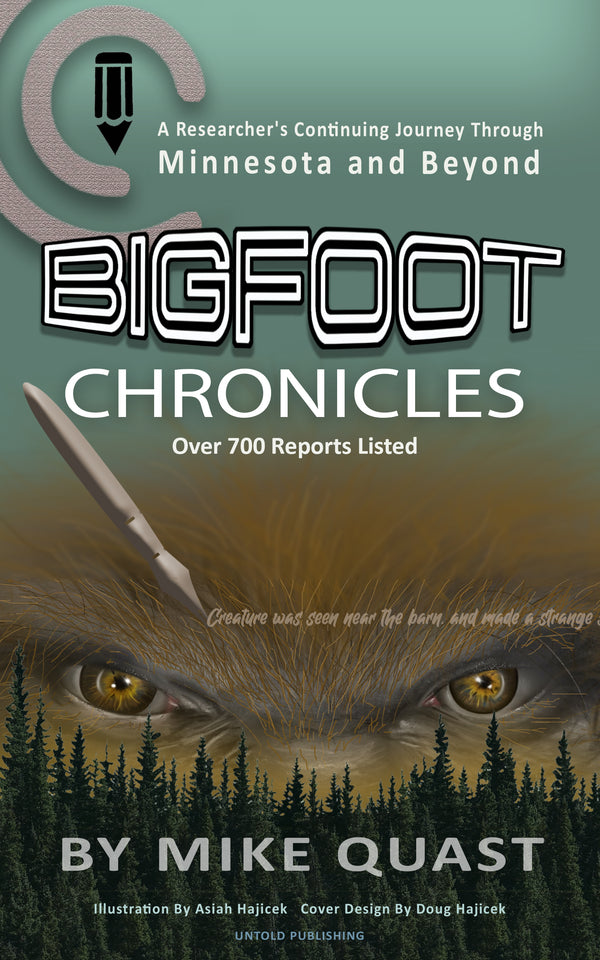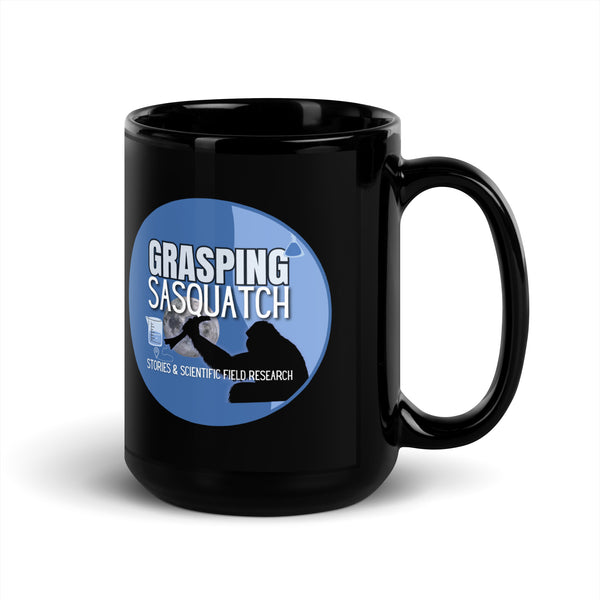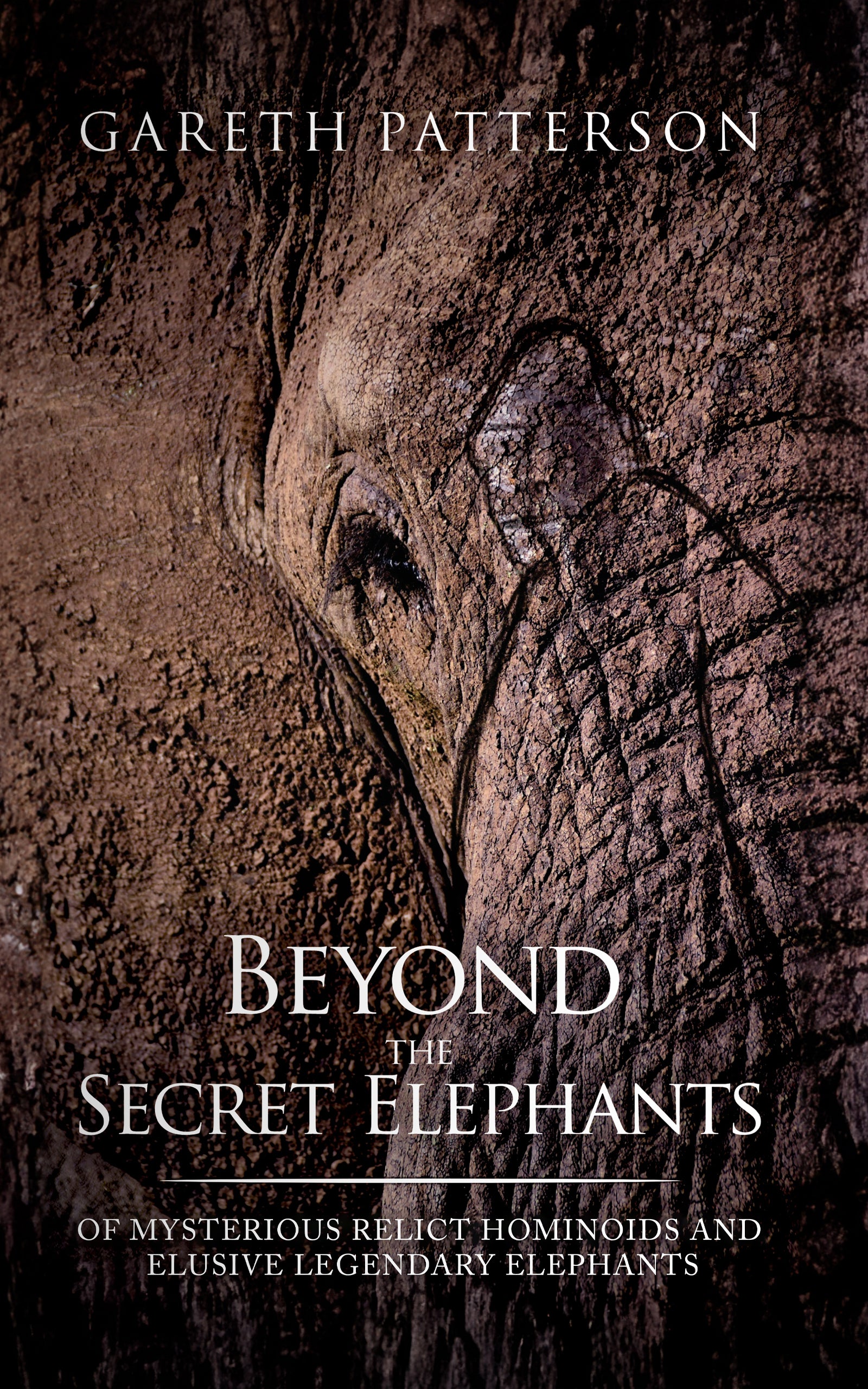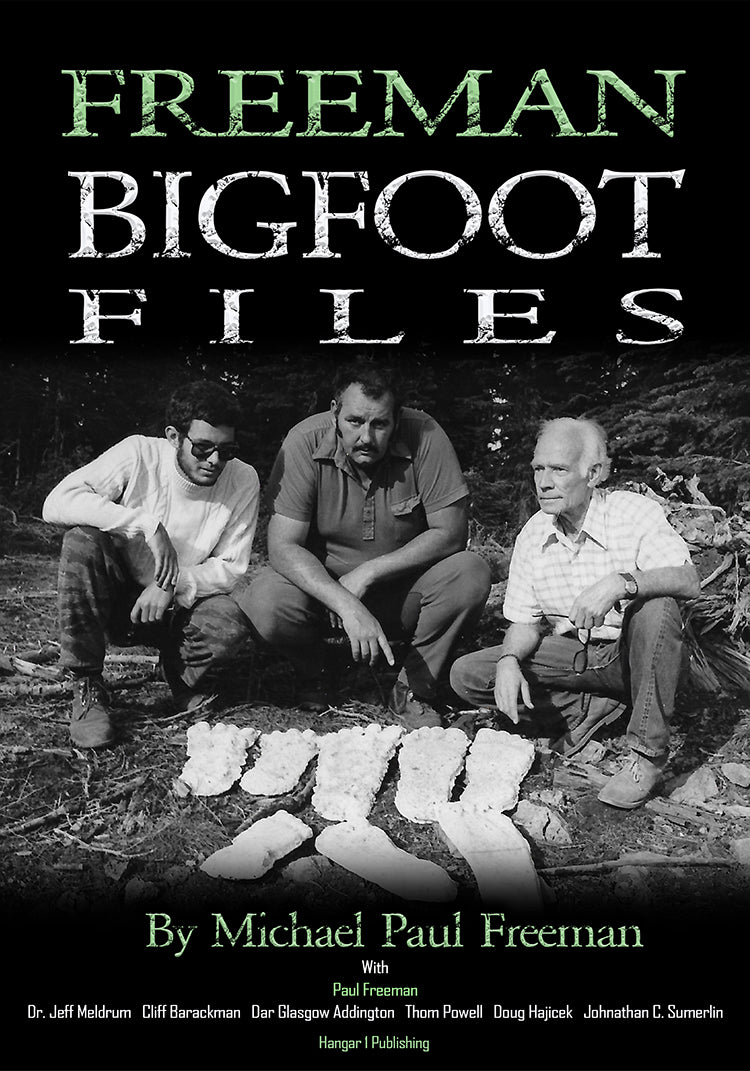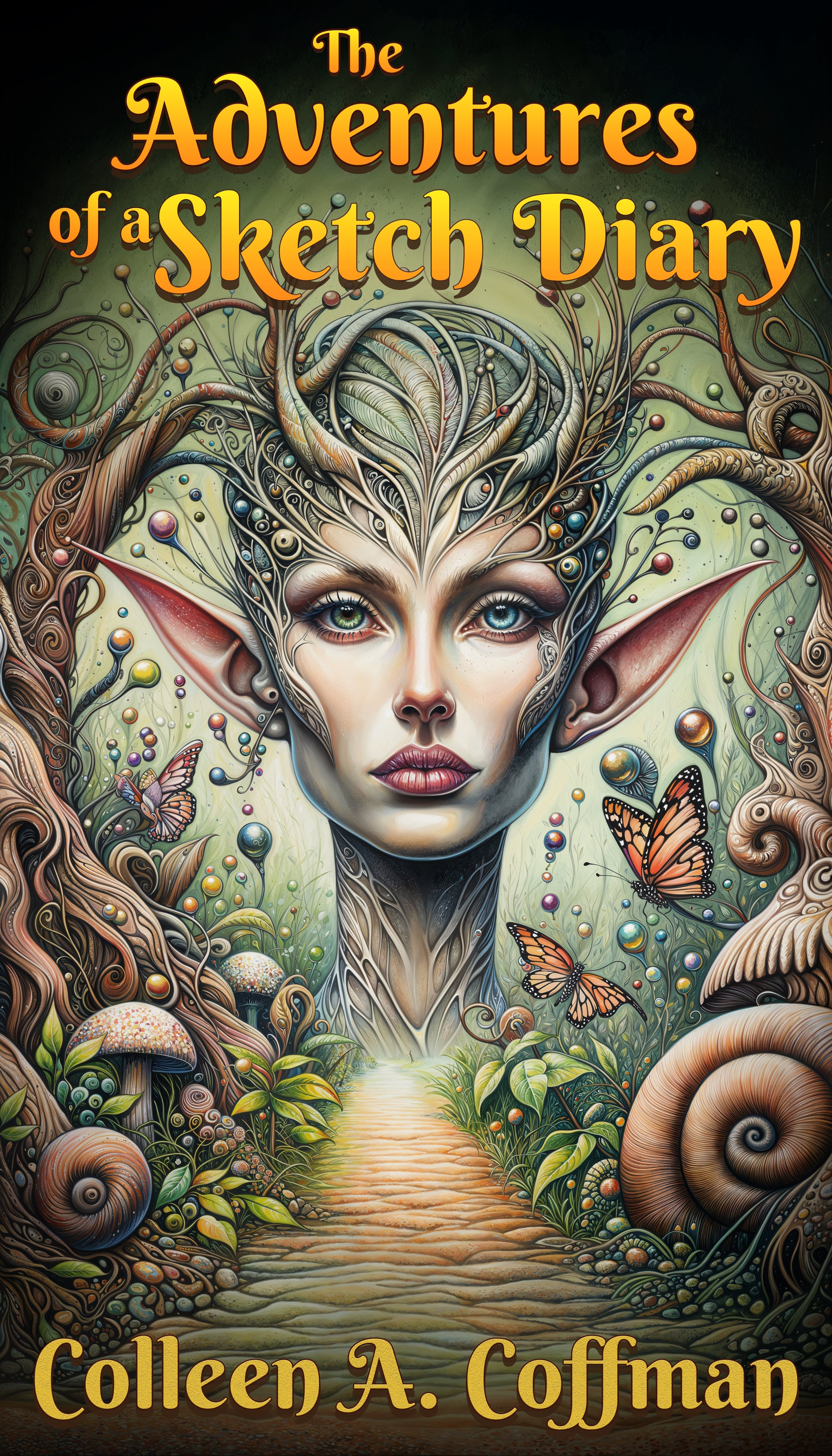Past-Life Memories of ET: When Souls Remember Living Among the Stars

By Gabriel Chen, Ufologist
The Memory That Changed Everything
Last winter, a woman sat in a dimly lit therapy room and closed her eyes. Under deep hypnosis, she expected to recall a childhood trauma or perhaps a previous life as a historical figure. Instead, she found herself looking down at hands that weren't human. She was taller, moved differently, and lived on a world where everything was clean and utopian, bathed in bright green vegetation under skies that held unfamiliar constellations.
She's not alone. Something strange is happening in regression therapy rooms around the world.
Over the past three decades, the number of people reporting past lives as extraterrestrial beings has tripled. When Dr. Michael Newton pioneered Life-Between-Lives therapy in the 1990s, about 10% of his clients recalled "off-world" experiences. Today, practitioners trained by the Newton Institute report that figure has jumped to over 30%. Some individual hypnotherapists, like Scott De Tamble, claim that half their clients remember lifetimes on other planets.
I've spent the last decade documenting contact experiences across 40 countries, and this trend keeps me up at night. Not because I'm trying to prove or disprove these memories, but because of what they reveal about how humans process extraordinary experiences. We're watching a new mythology crystallize in real-time, shaped by therapy techniques, digital platforms, and a generation hungry for meaning beyond Earth.
What Gets Remembered
The memories themselves follow recognizable patterns. People describe lives as tall mantis-like beings observing procedures aboard spacecraft. Others recall being fair-skinned, Nordic-looking humanoids on utopian Pleiadian worlds. Some remember crystal cities, bioluminescent forests, or desert planets with multiple moons.
Barbara Lamb, who has conducted over 4,000 regressions with more than 2,000 individuals, has documented an entire taxonomy of alien types. There are the Greys, small beings with large heads often described as biological drones. Pleiadians appear as benevolent, spiritually advanced humanoids. Arcturians show up as beings of light specializing in healing. Reptilians and Draconians get cast as the antagonists in many narratives, tall and scaled with complex political agendas.
But here's what gets me: these aren't just random fantasies. The details stay consistent across thousands of sessions, conducted by different practitioners, with clients who've never met. People describe attending galactic councils, having specific soul missions related to Earth's evolution, and using technologies that blend consciousness with machinery. One client recalled a life as a hybrid experiencing disagreements between different ET groups, describing it as "very intense" with "difficult experiences."
The sensory richness throws me. These aren't vague impressions. People report smells, textures, emotional states, even the weight of their bodies under different gravity. They cry remembering separations from soul families. They express longing for worlds they can describe down to the color of the sky.
Three Roads to the Stars
These memories don't surface randomly. They emerge through specific hypnotic techniques, each with its own protocol and philosophy.
Quantum Healing Hypnosis Technique
Dolores Cannon's QHHT method explicitly seeks out ET content. Practitioners guide clients into what Cannon called the "somnambulistic state," that drowsy moment between waking and sleeping. In this deep trance, they ask to speak directly with the client's "Subconscious" or "Higher Self." This entity supposedly has access to all the soul's experiences across time and space.
The QHHT Academy has created a global network of certified practitioners, with thousands operating across dozens of countries. YouTube channels post full sessions, some racking up millions of views. The technique treats ET past lives not as anomalies but as expected, normal content. Practitioners train to remain comfortable when a client suddenly starts describing life on another world.
Life Between Lives Therapy
Michael Newton's approach differs. His Life-Between-Lives protocol follows a structured journey through the spirit realm: death from a past life, movement through a gateway, meetings with a Council of Elders, reunions with soul groups, and observation of future life planning. Off-world experiences aren't the focus, but they show up spontaneously.
The Newton Institute maintains rigorous training requirements: 200+ hours in hypnotherapy, 40+ past-life regression sessions, and extensive screening before practitioners can even start LBL training. The professionalization creates a different flavor than QHHT's more accessible certification.
Traditional Past-Life Regression
Dr. Brian Weiss popularized past-life regression for therapeutic healing, focusing on resolving current-life issues by uncovering their roots in previous incarnations. ET lives aren't typical, but they can emerge if clients bring them up spontaneously.
All three methods share a vulnerability: the hypnotic state creates heightened suggestibility. The therapist's expectations, the cultural narratives clients absorb from books and social media, even the questions asked can shape what gets "remembered." Critics call this confabulation, the brain's tendency to fill gaps with plausible stories that feel real.
What Science Says (And Doesn't)
Mainstream psychology offers a buffet of explanations that don't require ET contact to be real.
Memory researcher Elizabeth Loftus has spent decades demonstrating how easily false memories form. In her experiments, people developed detailed recollections of events that never happened through simple suggestion. The brain doesn't record experience like a camera; it reconstructs memories each time we recall them, making them vulnerable to distortion.
The Source Monitoring Framework explains how we can misattribute memory origins, mistaking imagination, dreams, or stories we heard for personal experience. Given how much sci-fi saturates our culture, a vivid ET past-life narrative could be a complex confabulation woven from Star Trek episodes, Spielberg films, and late-night YouTube binges.
Sleep paralysis explains some contact experiences. This state, occurring when falling asleep or waking, produces temporary muscle paralysis with vivid hallucinations of intruder presences, pressure on the chest, and visual apparitions. Studies by Susan Clancy and Richard McNally found strong correlations between alien abduction reports and sleep paralysis history.
Psychological traits matter too. Research on individuals reporting alien experiences shows they tend to score higher on fantasy-proneness, absorption in imaginative experiences, and dissociation. One study of self-reported abductees found 47.3% met DSM-5 criteria for PTSD, and another found 45% exhibited PTSD symptoms while 70% showed dissociative symptoms.
But here's where I get uncomfortable with pure psychological reductionism: it doesn't account for the profound meaning these experiences create in people's lives. Dismissing them as "just" false memories ignores the transformative power of the narratives, the sense of purpose they provide, the communities they build.
The Digital Amplification Engine
This phenomenon isn't confined to therapy rooms anymore. It's exploded across social media, creating a self-reinforcing ecosystem.
On TikTok, #starseed has garnered over 2.1 billion views. Reddit communities like r/Starseeds and r/pastlives provide spaces where people share experiences and seek validation. Facebook groups connect tens of thousands of members who discuss regression techniques and compare ET memories.
YouTube channels like Alba Weinman's and Allison Coe's post full QHHT sessions, many featuring ET past lives. The comments sections become support groups. Someone watches a video about life on the Pleiades, recognizes elements that "feel familiar," books a regression session, and finds their own memories. The cycle repeats.
A conference circuit has emerged: Contact in the Desert, Conscious Life Expo, various Starseed gatherings. Figures like Mary Rodwell, Barbara Lamb, and Elizabeth April circulate through these events as headline speakers. Tickets run hundreds to thousands of dollars. The micro-economy is real.
Practitioners monetize through multiple channels: one-on-one sessions ($150-$500+), training and certification courses (QHHT Level 1 Online costs around $1,200), YouTube ad revenue, Patreon memberships, online courses on "activating your starseed DNA," books detailing case studies, and speaking fees.
This creates a feedback loop. Influencers popularize concepts on free platforms, driving demand for paid services. Algorithms favor high-engagement content, so the most dramatic narratives spread fastest. The ecosystem operates independently of peer review, moving at internet speed while academic study crawls.
The Verification Problem
Here's the hard truth: verifying an ET past life is probably impossible.
The gold standard for past-life research comes from Ian Stevenson's work at the University of Virginia. His team documented over 2,500 cases of children spontaneously recalling past lives. They followed strict protocols: record the child's statements before attempting verification, interview multiple witnesses independently, search for a deceased person matching the details, corroborate with records like death certificates and autopsy reports, document any birthmarks corresponding to the deceased person's wounds.
This methodology requires verifiable facts about a specific deceased human. ET past lives don't offer that. You can't check planetary records, interview witnesses from other worlds, or verify that the Pleiades had a crystal city 500 years ago. The claims are unfalsifiable by design.
Betty Hill's star map from her famous 1961 abduction represents one attempt at verification. Under hypnosis, she drew a star map shown by her abductors. Amateur astronomer Marjorie Fish found a potential match with the Zeta Reticuli system. But astronomers like Carl Sagan argued the pattern was generic and the match likely coincidental, a case of retrofitting data to fit expectations.
Some practitioners cite pattern consistency as evidence. Dolores Cannon and Michael Newton noted similar themes across thousands of clients: soul councils, life planning, spiritual hierarchies. But pattern consistency doesn't prove external reality. Shared cultural narratives, practitioner suggestions, and archetypal human psychology can produce consistent themes without requiring literal truth.
The University of Virginia's database of reincarnation cases contains no ET or off-world claims. Their methodology requires verification against a deceased human, highlighting the fundamental gap for ET narratives.
Ethics in the Void
The ethical landscape here is treacherous.
Harvard's inquiry into Dr. John E. Mack provides a cautionary tale. When the tenured psychiatry professor began working with alien abductees in the 1990s, Harvard Medical School launched an investigation. The committee censured him for perceived methodological errors but ultimately reaffirmed his academic freedom. No professional misconduct was found. The case shows academic engagement is possible but requires rigorous adherence to human-subjects research ethics.
Professional bodies like the American Psychological Association demand explicit informed consent that addresses the nature of hypnosis, the risk of false memories, and the distinction between therapeutic exploration and historical fact. Practitioners must be competent in both hypnosis and trauma management. They need clear referral pathways when clients show significant distress.
The risk isn't theoretical. Studies show that people reporting ET encounters often experience real psychological distress. Creating vivid "memories" of alien lives without proper safeguards can do harm. A client might alienate themselves from family, make major life decisions based on false recollections, or develop symptoms they didn't have before the regression.
Ethical practice demands practitioners frame session output as "reported experience" or "narrative," not "proof" or "fact." The goal should be empowering the client's meaning-making without the therapist validating the literal truth of memories.
Many practitioners skip these precautions. The QHHT model, with its accessible online certification, doesn't require the extensive training that the Newton Institute demands. YouTube videos of sessions rarely show informed consent processes. The professionalization remains uneven.
The AI Threat on the Horizon
Private investment in generative AI hit $33.9 billion in 2024. The technology to create convincing synthetic evidence is becoming ubiquitous. Deepfakes that are indistinguishable from reality will soon be simple to produce.
U.S. government agencies like NIST warn that highly realistic deepfakes can erode public trust in evidence. For a field built on anecdotal testimony, this is existential. Malicious actors could flood online communities with fabricated regression transcripts, fake videos of experiencers, or synthetic audio of therapy sessions. How do you distinguish a genuine report from an AI-generated one?
Without robust verification standards, the entire body of anecdotal evidence becomes suspect. Communities built on shared narratives could implode when trust collapses. The solution requires adopting provenance technologies like C2PA (Coalition for Content Provenance and Authenticity), which creates a digital chain of custody for recordings. But implementing this across a decentralized, largely unregulated field will be challenging.
Where This Goes
I think we're at an inflection point. Three futures seem possible.
In the first, AI-generated content overwhelms the signal. Deepfakes proliferate faster than verification methods can develop. Online communities become unusable as trust evaporates. The phenomenon fractures into isolated groups, each suspicious of the others.
In the second, professionalization wins. Practitioners adopt standardized protocols, preregister studies, implement trauma-informed care, and embrace content provenance technologies. The EU AI Act's transparency requirements force platforms to label synthetic content. A smaller, more rigorous core emerges from the current chaos.
In the third, cautious academic engagement increases. Institutions like the UVA Division of Perceptual Studies, the University of Northampton's Centre for the Study of Anomalous Psychological Processes, and Harvard's Galileo Project provide models for studying controversial topics. Future research won't focus on validating the literal truth of ET past lives. Instead, it will investigate the phenomenology of the experience, the psychological outcomes for experiencers, the sociology of the belief system, and the linguistic structure of the narratives.
Most likely, we'll get all three simultaneously. A chaotic online space flooded with synthetic content will exist alongside a professionalized core of serious researchers and ethical practitioners. Academic study will continue, focused more on understanding the cultural phenomenon than proving extraterrestrial reincarnation.
What I Make of It
After a decade of documenting contact experiences, I've learned to hold paradoxes.
These experiences aren't random. The patterns, the consistency, the emotional power, all of it points to something happening. But "something happening" doesn't mean literal ET past lives. It might mean we're watching a new mythology emerge, shaped by technology, therapy, and a collective hunger for cosmic meaning. It might mean we're observing how humans process the possibility of non-human intelligence through culturally available frameworks.
Throughout history, encounters with "non-human intelligences" got interpreted through the dominant paradigm: spirits in ancient times, gods in classical eras, fairies in medieval periods, and now extraterrestrials. Maybe these are all manifestations of the same phenomenon viewed through different cultural lenses. Or maybe the modern framework finally allows us to see what was always there.
The experiencer community deserves respect. These people aren't delusional or seeking attention. They're having profound experiences that transform their lives, give them purpose, and connect them to something larger than themselves. Dismissing that with pure psychological reductionism misses the point.
But respect doesn't mean uncritical acceptance. The field needs better standards, ethical safeguards, and honest acknowledgment of what can and can't be verified. We need practitioners who understand the difference between facilitating meaning-making and creating false certainties. We need communities that can hold space for extraordinary experiences without demanding literal belief.
Most of all, we need curiosity. Not to prove or disprove, but to understand. What does it mean that so many people feel they've lived among the stars? What psychological needs do these narratives fulfill? How do they change people's relationships with Earth, with each other, with the possibility of life beyond our world?
Those questions fascinate me more than whether someone really was a Pleiadian in a past life. The answers might tell us something profound about human consciousness, our capacity for belief, and what happens when we reach for meaning among the stars.
From Bigfoot to UFOs: Hangar 1 Publishing Has You Covered!
Explore Untold Stories: Venture into the world of UFOs, cryptids, Bigfoot, and beyond. Every story is a journey into the extraordinary.
Immersive Book Technology: Experience real videos, sights, and sounds within our books. Its not just reading; its an adventure.





